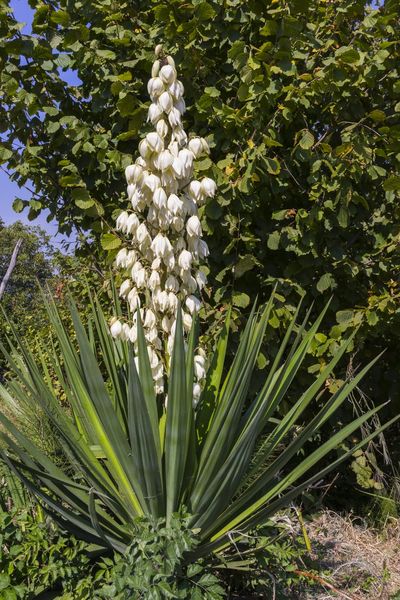Soapweed Yucca Information
The Native Americans of the Great Plains valued soapweed yucca (Yucca glauca), using it for aches and pains, sprains, inflammations, and also to staunch bleeding. The roots were used as a laxative and the soapy juice was an effective treatment for poison ivy and other minor skin irritations. The stout fibers were incorporated into sandals, baskets, brooms, and whips. Soapweed yucca, with a taproot of up to 20 feet (7 m.), is a hardy plant that stands up to drought, wildfires, and grazing. Although it is admired for its ornamental qualities, soapweed yucca can sometimes become a nuisance in pastures and rangeland.
Growing Soapweed Yuccas
Soapweed yucca requires well-drained soil and plenty of sunlight. Low light results in spindly growth and fewer blooms. Allow plenty of space for soapweed yucca. The leaves are sharp enough to cut skin, so be sure to plant soapweed yucca safely away from sidewalks, driveways, and play areas. With regards to soapweed yucca care, you’ll want to remove dead leaves in early spring. Pruning the yucca at this time will encourage new growth and tidier plants. Cut the stiff flower stalks when the blooms fade. Always wear long sleeves, long pants, and sturdy gloves when working with yucca plants. Soapweed yucca is drought tolerant but benefits from an inch (2.5 cm.) of water every week to ten days during hot, dry weather. However, if you forget to water, the plant will survive.
